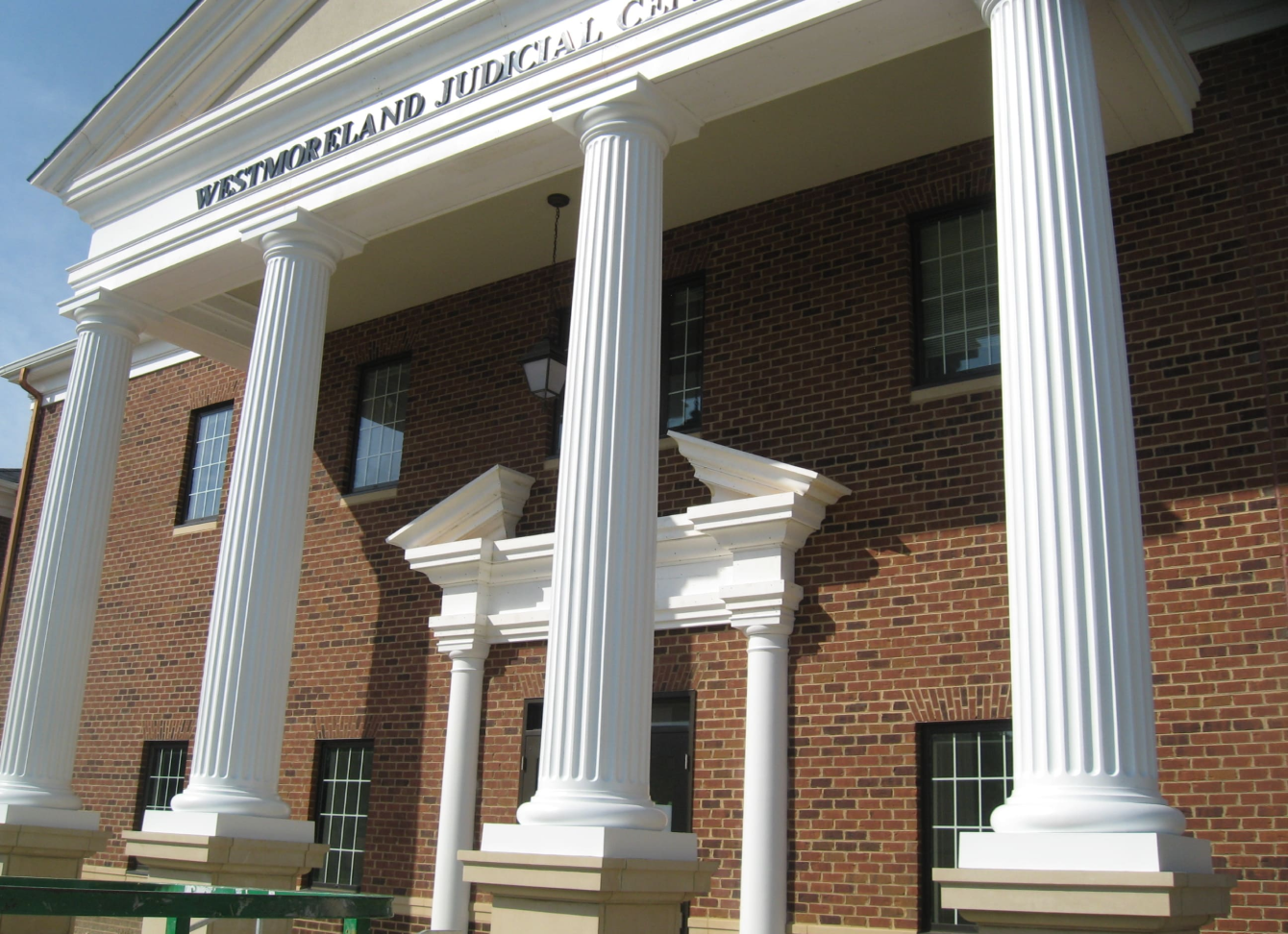When designing a new home or looking to facelift a building’s exterior, selecting the right fiberglass cornices can add style and elegance to the finished project. Also known as FRP (fiberglass-reinforced polymer), fiberglass cornices are decorative projections installed at the top of walls or other architectural features.
Cornices are primarily ornamental. However, they may help to direct rainwater towards the roof to protect the siding from water damage. If you’re considering mounting cornices, you a design that conceals the gutters will combine functionality with sophistication.
Fiberglass Cornice Finishes
Fiberglass cornice moldings have become widespread in the construction industry over traditional varieties. They are easy to work with, and they can mimic a wide range of finishes. You can choose from the high-gloss polished finish, smooth matte, and rough stone texture, among others.
For exterior applications, use a UV-inhibited gel coat to add resistance to intemperate weather. Gel coat is customizable to blend with the colors of the building or other aesthetic features. You can also match it with the caulk used to seal joints between various sections. When installed professionally, you cannot differentiate FRP from the imitated natural material.
Benefits of Fiberglass Cornice
The traditional architecture used to mold cornices out of natural materials like wood, stone, and plaster, but modern engineers are migrating to fiberglass. Let’s delve into the reasons why fiberglass has become the preferred material for cornices today.
1. Versatility
Fiberglass is exceptionally malleable, which is the primary reason for most manufacturers using it for cornice making. You can mold it into different shapes and designs that are unachievable with other construction materials.
Whether you want terra cotta, granite, limestone, sandstone, marble, cast iron, copper, steel, or wood finish, fiberglass will mimic it. You’ll always find something for different architectural designs and the unique needs of property owners or developers.
2. Lightweight
Usually, you would expect strong and durable materials to be substantially heavy. On the contrary, cornices made of fiberglass are incredibly light, making them an excellent alternative for the materials they replicate.
During construction, the mounting of fiberglass cornices is less laborious due to easy handling. If you hire a handyman, you’ll save significantly on labor since they’ll finish the job quicker than when working with cornices made of materials like granite. Also, heavier alternatives can be more dangerous when the building ages and the supporting structure deteriorates.
3. Durability and Fire-Resistance
Most cornices are outdoor features. So, you’ll need to consider strength and durability when choosing a cornice material for your installations to last with minimal maintenance. Fiberglass, unlike plaster or wood, hardly degrades due to exposure to harsh weather, bugs, and other elements.
Additionally, fiberglass is highly fire-resistant, a characteristic that crowns it one of the best insulation materials. Therefore, fiberglass cornices will withstand fire damage and potentially prevent fires from spreading.
4. Cost-Effectiveness
Fiberglass cornices won’t always be the cheapest to buy when compared to other types of cornices. However, they can be the most cost-effective option when you consider the cost of installation and maintenance.
As we have mentioned, fiberglass cornices are easy to handle and mount, making installation more affordable. Furthermore, the cornices remain in pristine condition for years with minimal upkeep.
If you choose a material like wood or plaster, brace yourself for frequent maintenance and repairs to preserve its visual appeal. You’ll also need to replace the installations sooner than fiberglass cornices. Overall, fiberglass accrues lower lifetime expenses than other cornice materials.
Final Thoughts
Cornices are remarkable architectural features that give buildings a distinctive look. Out of the materials used to make them, fiberglass wins hands down. The cornices are more versatile, durable, light, and cost-effective.
Contact us today to discuss your needs and learn more about our products.


